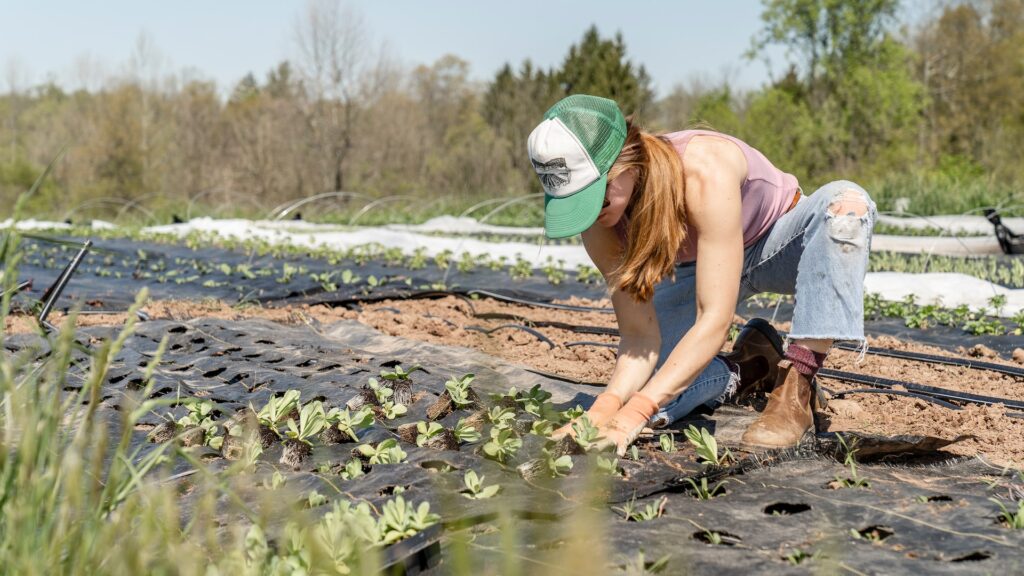Introduction:
Gardening is a wonderful hobby that not only adds beauty to your surroundings but also offers numerous health benefits. Whether you have a spacious backyard or a small balcony, anyone can enjoy creating a stunning and sustainable garden. In this comprehensive guide, we will provide valuable tips and insights for beginners to kick-start their gardening journey and create a mesmerizing garden that will be the envy of the neighborhood.
1. Choose the Right Location:
Selecting the perfect location for your garden is crucial for its success. Determine the amount of sunlight, shade, and wind exposure in different areas of your outdoor space. Understanding the microclimates within your garden will help you choose suitable plants and create optimal growing conditions.
2. Soil Preparation:
Prepare your soil for planting by testing the pH levels and improving its structure. Most plants thrive in well-drained soil with a slightly acidic to neutral pH. Add organic matter like compost or aged manure to enrich the soil and improve its fertility. This step will ensure healthy plant growth and abundant yields.
3. Selecting the Right Plants:
Choosing the right plants is essential for gardening success. Consider factors such as your climate zone, available space, and personal preferences. Opt for native plants as they are well-adapted to local conditions, require less maintenance, and support local wildlife. Additionally, select a mix of flowers, vegetables, and herbs to create a diverse and beautiful garden.
4. Watering Techniques:
Proper watering is crucial for the health of your plants. Learn about the water requirements of different plants and adjust your watering schedule accordingly. Avoid overwatering, as it can lead to root rot and other problems. Consider installing a drip irrigation system or using mulch to conserve water and reduce evaporation.
5. Pest Control:
Keeping pests at bay is vital for maintaining a thriving garden. Explore organic and eco-friendly pest control methods to protect your plants without harming the environment. Companion planting, biological controls (such as ladybugs and nematodes), and regular inspections can help you identify and address pest issues promptly.
6. Sustainable Gardening Practices:
Embrace sustainable gardening practices to minimize your environmental impact. Compost kitchen scraps and yard waste to create nutrient-rich soil amendments. Integrate rainwater harvesting systems to reduce water usage. Avoid chemical pesticides and fertilizers that can harm beneficial insects and contaminate groundwater. By taking these steps, you can create a garden that benefits both you and the planet.
7. Gardening Tools and Equipment:
Invest in high-quality gardening tools and equipment to make your gardening experience more enjoyable and efficient. Essential tools include a trowel, pruning shears, garden fork, watering can, and gloves. Proper maintenance and storage of your tools will extend their lifespan, ensuring you have them ready for the next gardening season.
8. Continuous Learning:
Gardening is a lifelong learning process. Stay informed about new techniques, plant varieties, and gardening trends by joining local gardening communities, attending workshops, or following reputable gardening blogs. Learning from experienced gardeners and sharing your knowledge will help you improve your gardening skills and foster a sense of community.
Conclusion:
By following these gardening tips and adopting sustainable practices, you can turn your outdoor space into a stunning and eco-friendly garden. Don’t get discouraged by initial setbacks, as gardening is a journey of experimentation and growth. Start small, enjoy the process, and soon you’ll witness the vibrant transformation of your garden. Happy gardening!
Note: Remember to optimize this content further by adding outbound and internal links to related gardening resources, including relevant images, and structuring the article for readability with subheadings and bullet points.

